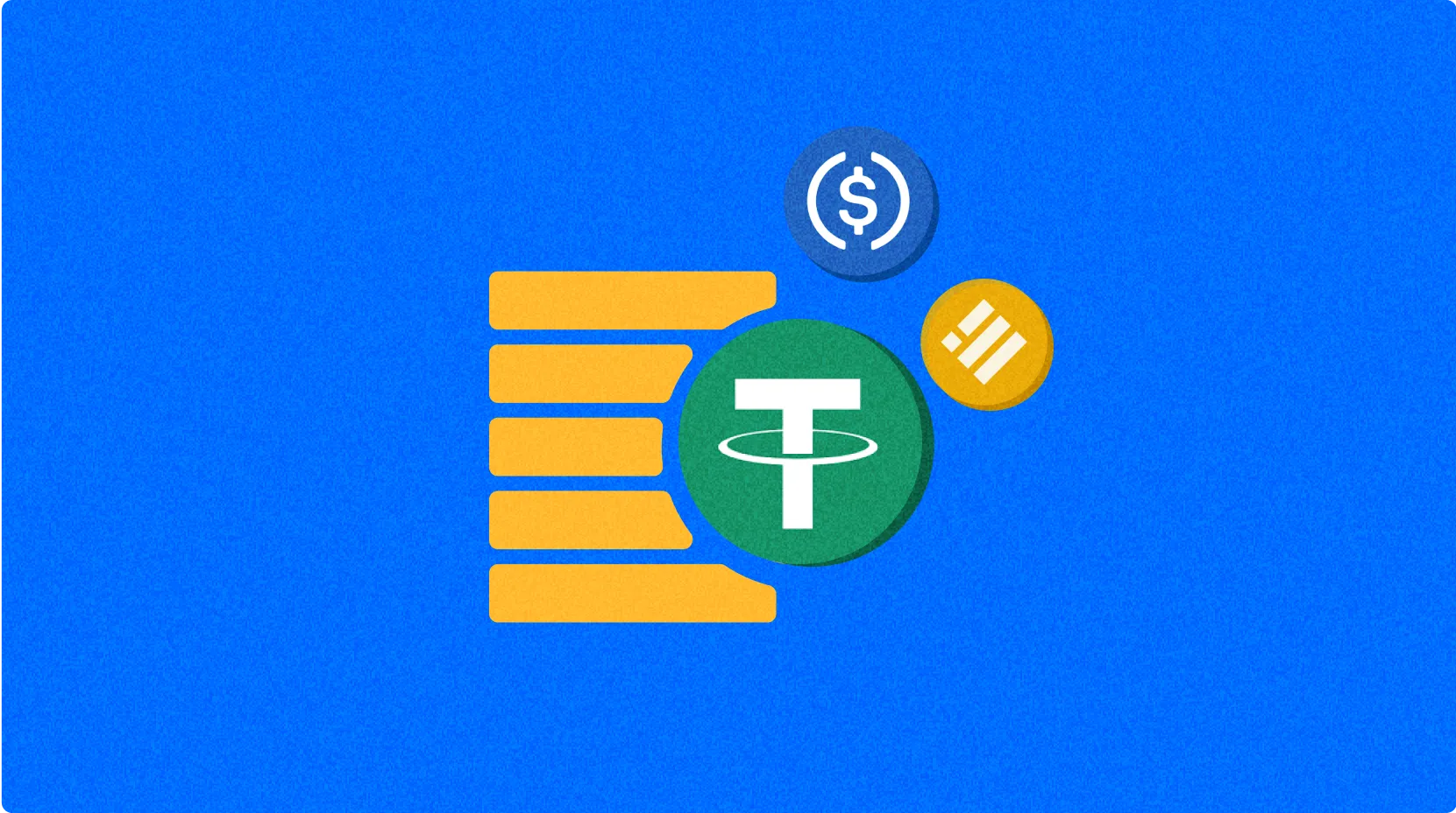Rivest Shamir Adleman

The RSA algorithm is one of the most important asymmetric encryption algorithms in modern cryptography, created in 1977 by cryptographers Ron Rivest, Adi Shamir, and Leonard Adleman, and named after the first letters of their surnames. It is based on the mathematical problem of integer factorization, providing a critical foundation for secure internet communications, and is widely used in digital signatures, encrypted communications, and secure data transfers.
The birth of RSA was a response to the challenge of secure key exchange. In traditional symmetric encryption, communicating parties need to share a key in advance, which is highly challenging in an open network environment. In 1976, Whitfield Diffie and Martin Hellman introduced the concept of public-key cryptography but did not provide a concrete implementation. The following year, three scholars from MIT developed the RSA algorithm, becoming the first practical public-key algorithm suitable for both encryption and digital signatures, laying the groundwork for modern network security.
The core principle of the RSA encryption system revolves around a pair of keys: a public key and a private key. The public key can be freely distributed for encrypting information, while the private key must remain secret and is used for decryption. Its working mechanism is based on the following mathematical process: first, two large prime numbers are chosen and multiplied to obtain the modulus n, then the public and private key values are calculated using the Euler function and the extended Euclidean algorithm. RSA's security relies on the computational difficulty of factoring large numbers—while multiplying two prime numbers is easy, deducing these primes from their product is extremely difficult, especially when these numbers are very large. This one-way difficulty is the core security guarantee of RSA.
Despite its importance in cryptography, the RSA algorithm faces multiple challenges and risks. First, the development of quantum computing poses a potential threat to RSA, as quantum computers can theoretically solve large number factorization problems efficiently, potentially breaking RSA encryption. Second, RSA's computation-intensive nature makes its encryption and decryption processes relatively slow, especially compared to symmetric encryption algorithms. Additionally, improper implementation can lead to security vulnerabilities such as side-channel attacks, including timing attacks and power analysis attacks. Finally, as computational power increases, RSA key lengths need to be continually increased to maintain the same level of security, posing challenges for resource-constrained devices.
The significance of the RSA algorithm extends beyond its technical innovation to its role in providing the infrastructure for secure internet communication. As a core component of PKI (Public Key Infrastructure), it has enabled secure electronic commerce, encrypted communications, and digital identity verification. Despite facing challenges from emerging technologies such as quantum computing, through mixed use with other algorithms and continuous updates to key lengths, RSA continues to play an irreplaceable role in today's network security landscape. It represents not just a technical achievement but a successful combination of cryptographic theory and practical application.
Share
Related Articles

Blockchain Profitability & Issuance - Does It Matter?

False Chrome Extension Stealing Analysis
